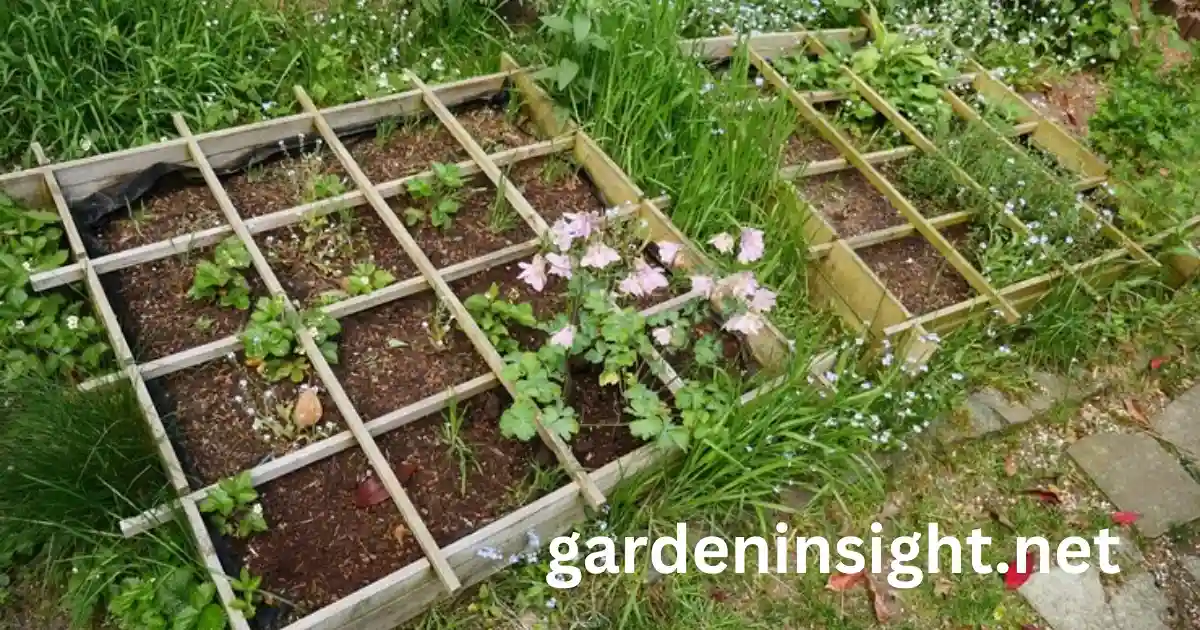Square foot gardening is a simple yet effective method for growing a variety of vegetables, herbs, and flowers in a small space.
It involves dividing a raised garden bed into one-foot square sections and planting a specific number of plants per square based on their mature size.
This organized approach maximizes space, simplifies planting, and reduces weeding.
How Does Square Foot Gardening Work?
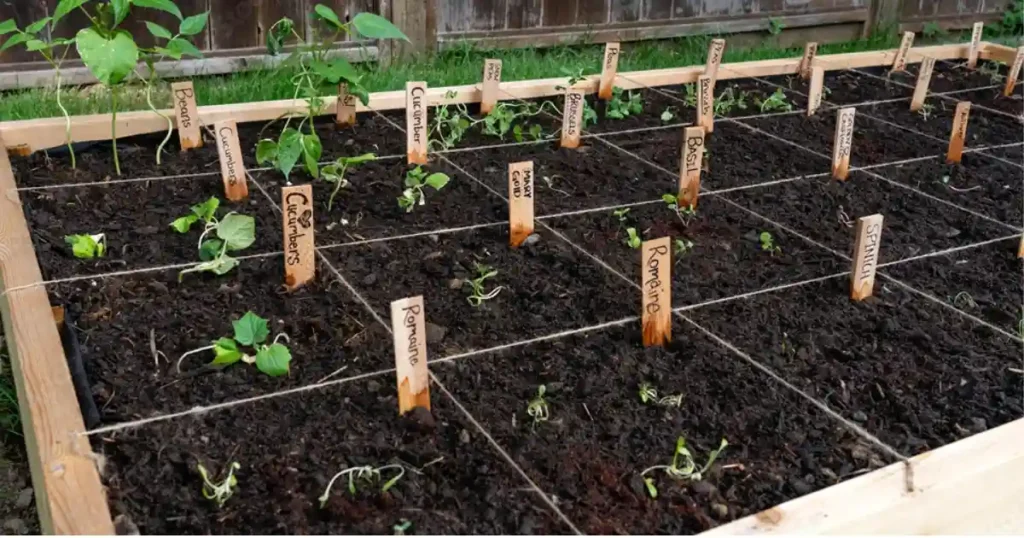
The basic principle behind square foot gardening is maximizing yield by intensive planting in a confined area. Instead of planting in rows, you plant in grids within a raised bed, typically 4 feet by 4 feet. Each square foot within the grid becomes a mini garden bed where you grow a specific number of plants.
Between Traditional and Square Foot Method for Gardening
| Feature | Traditional Gardening | Square Foot Gardening |
|---|---|---|
| Planting | Rows | Grids |
| Spacing | Wider spacing | Closer spacing |
| Weeding | More weeding | Less weeding |
| Soil | In-ground or raised beds | Raised beds with special soil mix |
| Space Efficiency | Lower | Higher |
What Materials are Needed for Square Foot Gardening?
To start your square foot garden, you’ll need a few essential materials:
- Raised Garden Bed: You can build your own using wood, or purchase a ready-made bed. The standard size is 4 feet by 4 feet, but you can adjust this to fit your space.
- Grid: Use wood lath or string to create a grid that divides the bed into one-foot squares.
- Soil Mix: A special blend of compost, peat moss, and vermiculite is recommended for square foot gardening. This mix provides excellent drainage and aeration for healthy plant growth.
- Seeds or Seedlings: Choose your favorite vegetables, herbs, or flowers.
- Gardening Tools: Basic tools like a trowel, hand rake, and watering can are essential.
Can Square Foot Gardening be Done in Small Spaces?
Absolutely! Square foot gardening is ideal for small spaces like balconies, patios, and even indoors. You can adjust the size of your raised bed to fit your available area. Even a 2 feet by 2 feet bed can produce a surprising amount of food.
What Crops Grow Best in Square Foot Gardening?
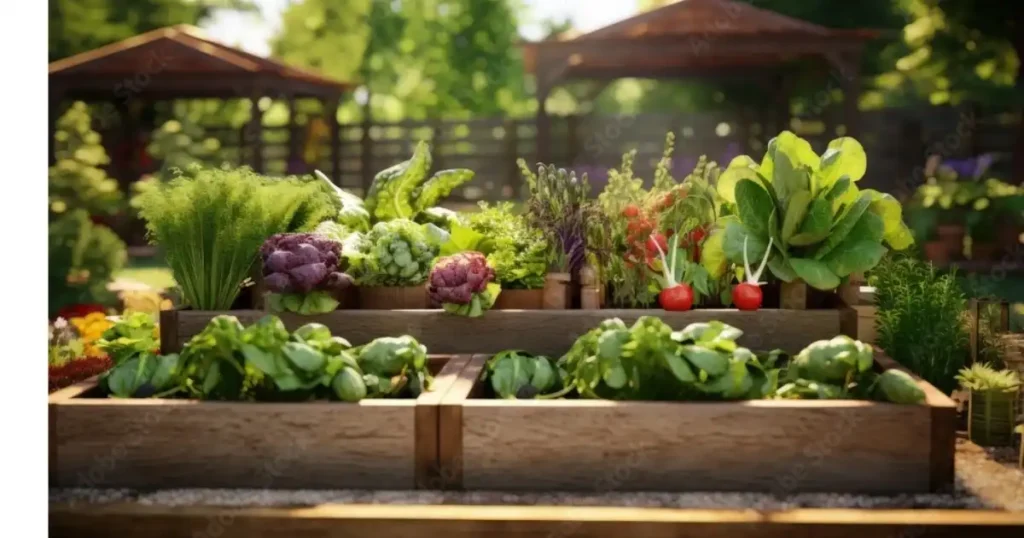
Many crops thrive in square foot gardening. Here are a few examples:
| Vegetable | Number per Square Foot |
|---|---|
| Lettuce | 16 |
| Spinach | 9 |
| Carrots | 16 |
| Radishes | 9 |
| Bush Beans | 9 |
| Peppers | 1 |
| Tomatoes | 1 |
Calculate Planting Spaces in Square Foot Gardening
The number of plants per square foot depends on the plant’s mature size. Here’s a general guideline:
- Large Plants (e.g., tomatoes, peppers): 1 plant per square foot
- Medium Plants (e.g., bush beans, lettuce): 4 to 9 plants per square foot
- Small Plants (e.g., carrots, radishes): 9 to 16 plants per square foot
Square Foot Gardening Layout Ideas
There are endless ways to lay out your square foot garden. Consider factors like sunlight, plant height, and companion planting. You can create a simple grid pattern or get creative with diagonal and circular designs.
Designing an effective layout is crucial. Consider these tips:
- Crop Rotation: Prevent nutrient depletion by rotating crops annually.
- Trellises: Add height for vining plants.
- Companion Planting: Group compatible plants for natural pest control.
Sample Layout for a 4×4 Raised Bed
| Square Position | Crop | Companion Plants |
|---|---|---|
| 1 | Tomatoes | Basil, Marigold |
| 2 | Carrots | Onions, Radishes |
| 3 | Lettuce | Beans, Cucumber |
| 4 | Peppers | Eggplants, Spinach |
Square Foot Gardening Soil Mix Recipe
The ideal soil mix for square foot gardening consists of:
- 1/3 Compost
- 1/3 Peat Moss
- 1/3 Vermiculite
This blend provides good drainage, aeration, and nutrients for optimal plant growth.
Square Foot Method Of Gardening for Beginners
- Start Small: Begin with a small bed to gain experience.
- Choose the Right Location: Select a sunny spot that receives at least 6 hours of sunlight daily.
- Use Quality Soil: Invest in a good soil mix specifically designed for square foot gardening.
- Water Regularly: Keep the soil consistently moist but not soggy.
- Fertilize as Needed: Use a balanced fertilizer to provide essential nutrients.
Square Foot Gardening DIY
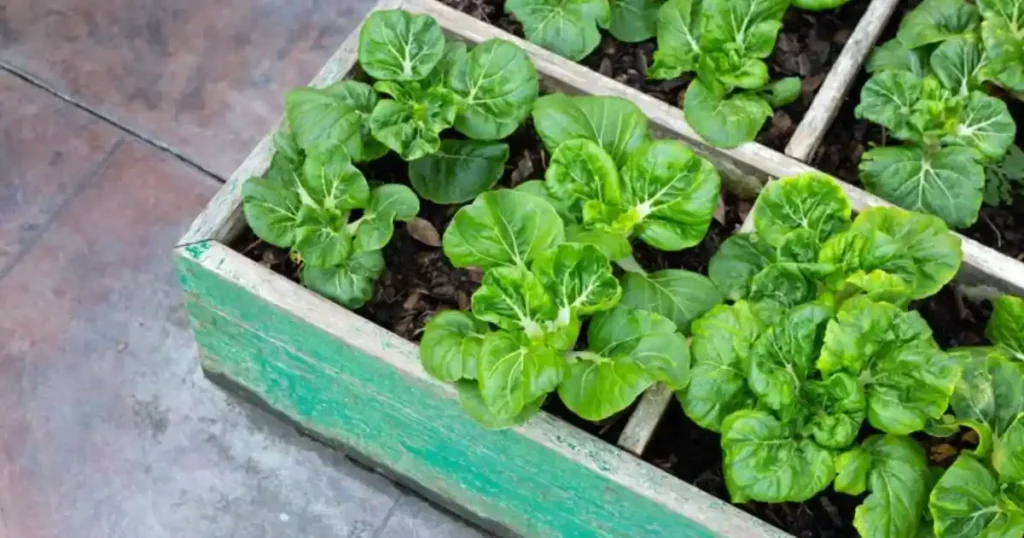
Building a raised bed is a straightforward process. Here are the basic steps:
- Choose Your Materials: Wood is a popular choice. Cedar and redwood are naturally rot-resistant.
- Cut the Wood: Cut the lumber to the desired dimensions for your bed.
- Assemble the Frame: Connect the boards using screws or nails.
- Line the Bed: Line the bottom with landscape fabric to prevent weeds and retain soil.
- Fill with Soil: Add your square foot gardening soil mix.
Square Foot Gardening Raised Beds
If you prefer not to build your own, there are many ready-made raised beds available. Consider factors like size, material, and height when choosing a bed.
Square Foot Gardening Companion Planting
Companion planting involves growing different plants together that benefit each other. For example, planting marigolds near tomatoes can help repel pests.
Square Foot Gardening Spacing: A Visual Guide
Use this chart as a general guide for spacing your plants:
| Plant Size | Spacing | Example |
|---|---|---|
| Small | 9-16 per square foot | Carrots, Radishes |
| Medium | 4-9 per square foot | Lettuce, Spinach |
| Large | 1 per square foot | Tomatoes, Peppers |
Square Foot Gardening Trellis Ideas
Vertical gardening can maximize space and support vining plants. Use trellises, cages, or stakes to support cucumbers, tomatoes, and beans.
Maintain a Square Foot Garden Throughout the Seasons
- Spring: Prepare the soil, plant seeds or seedlings, and water regularly.
- Summer: Monitor for pests and diseases, water frequently, and harvest regularly.
- Fall: Remove spent plants, amend the soil, and plant cool-season crops.
- Winter: Protect the bed with a cover crop or mulch.
Benefits of Square Foot Method for Gardening
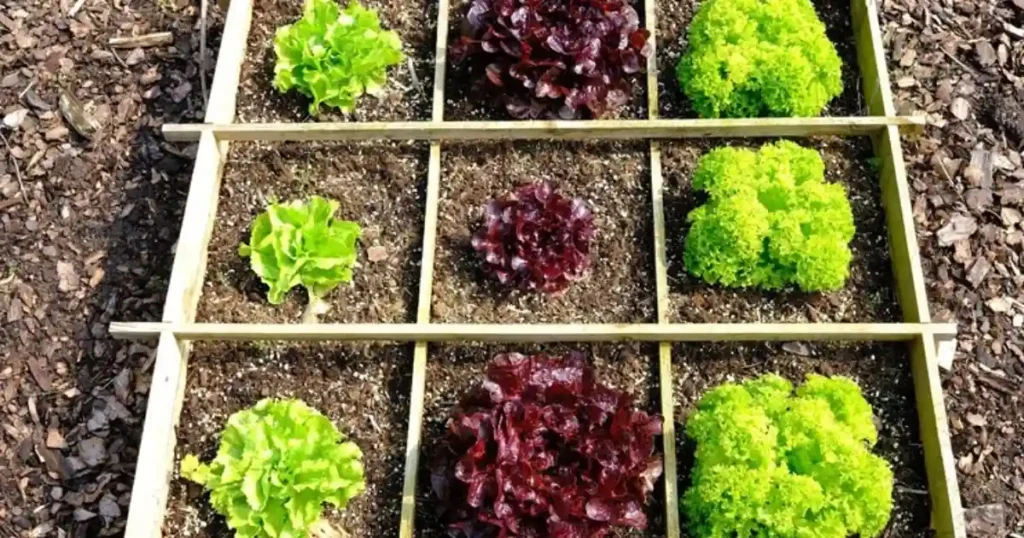
Square foot gardening offers numerous advantages:
- Space Efficiency: Maximize your growing space, even in small areas.
- Reduced Weeding: Less space for weeds to grow.
- Improved Drainage: The raised bed and soil mix prevent waterlogging.
- Easy Access: No need to walk between rows, making tending to your garden easier.
- Increased Yield: Intensive planting leads to more produce.
Common Mistakes in Square Foot Gardening
- Overcrowding: Avoid planting too many plants per square foot.
- Poor Soil: Use a quality soil mix for optimal growth.
- Inconsistent Watering: Maintain consistent moisture levels.
- Neglecting Fertilization: Replenish nutrients with regular fertilization.
Conclusion
Square foot method for gardening offers a revolutionary approach to cultivating fresh produce, maximizing yields even in the smallest of spaces.
By dividing raised beds into manageable grids and utilizing a specialized soil blend, this method empowers both novice and seasoned gardeners to efficiently grow a diverse range of vegetables, herbs, and flowers. With careful planning, proper spacing, and consistent care, square foot gardening promises an abundant harvest while minimizing common gardening challenges like weeding and watering.
Embracing this innovative technique not only fosters a deeper connection with nature but also promotes sustainable living and healthy eating habits.
FAQs
Some of the frequently inquired questions about square foot method for gardening are:
What are the benefits of square foot method for gardening?
Square foot method for gardening offers numerous benefits, including increased yield, reduced weeding, improved drainage, and better space efficiency. It’s also an excellent option for gardeners with limited space or mobility issues.
How do I prevent pests and diseases in my square foot garden?
Choose disease-resistant varieties, practice crop rotation, and use organic pest control methods like companion planting and insecticidal soap.
Can I use regular garden soil for square foot gardening?
While you can use regular garden soil, it’s recommended to use a special blend of compost, peat moss, and vermiculite. This mix provides better drainage and aeration for optimal plant growth.
Is square foot gardening suitable for all climates?
Yes, square foot gardening can be adapted to various climates. In hot climates, you may need to provide shade and water more frequently. In colder climates, you can extend the growing season with row covers or a greenhouse.
Where can I learn more about square foot gardening?
There are many resources available, including books, websites, and online forums. You can also find local workshops and classes on square foot gardening.
